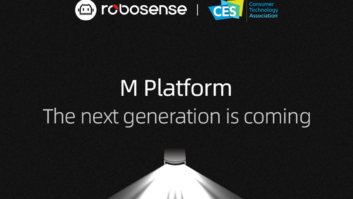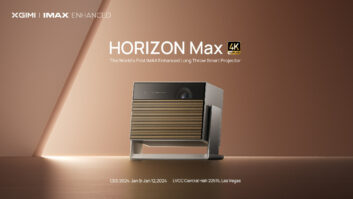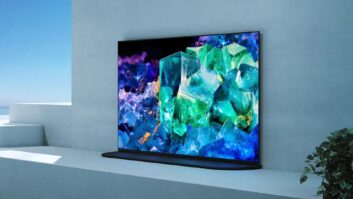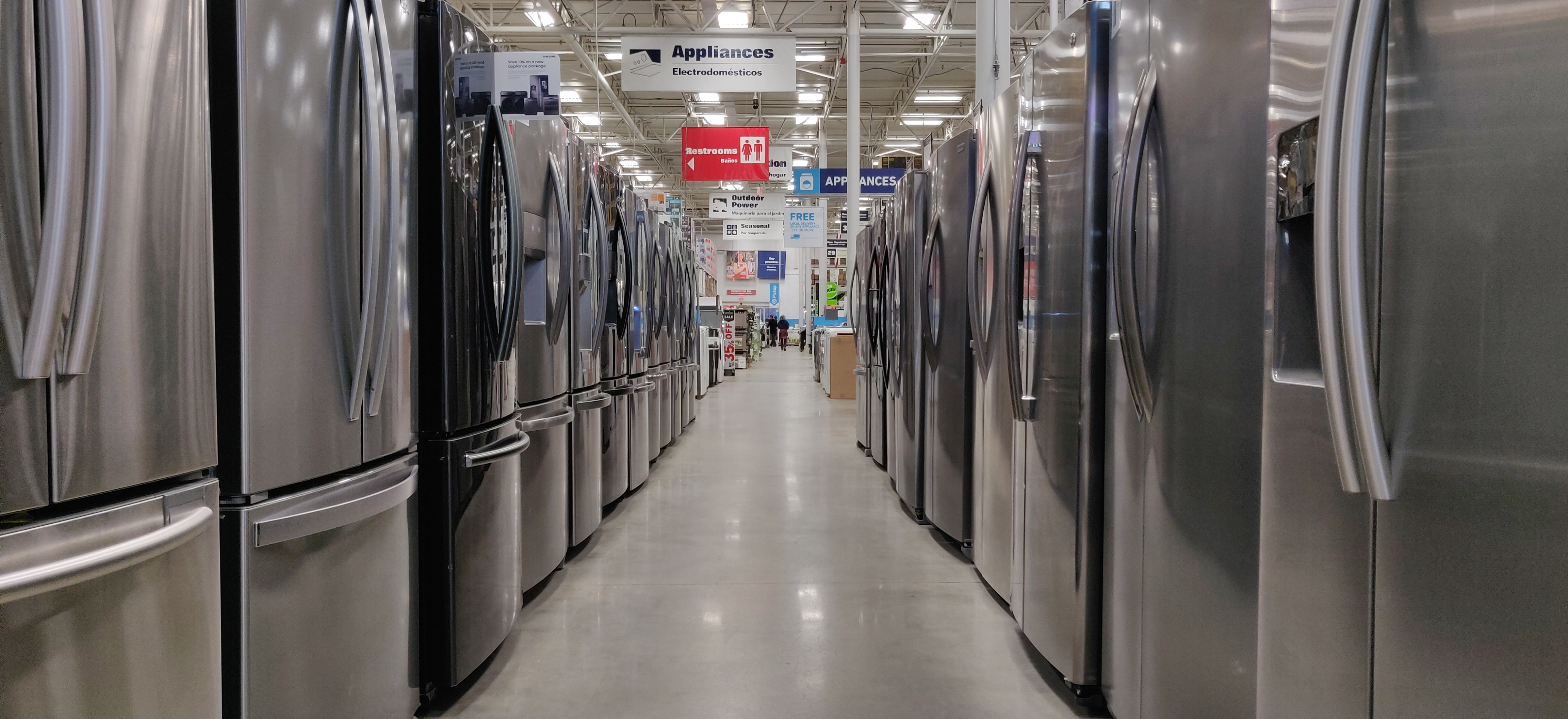
With all the focus on e-commerce and websites, it’s easy to forget that online sales still only accounted for about 10 percent of all retail transactions last year, according to the U.S. Census Bureau. Meaning that 90 percent of sales took place in stores.
While no one’s suggesting that retailers let up on the digital gas pedal — in fact, just the opposite — neither should multichannel merchants neglect what remains their core asset: brick-and-mortar showrooms.
“The reality is, the store is still the foundation of retailing,” observed BRP, a retail management consultancy, in its 2019 Special Report: The Future Store. “It is where the tactile and sensory experience comes together for the consumer.”
See also: Coming Soon To A Walmart Near You: Robots — Lots Of Robots
But in the age of AR, AI, IoT and all other techno abbreviations, the online and offline worlds are beginning to merge, as digital disciplines filter into physical showrooms and shoppers, particularly of the Z Generation, come to expect it. “The store is not dead,” BRP declared. “It’s digitized.”
Best Buy chairman/CEO Hubert Joly echoed those thoughts at last month’s Adobe 2019 Summit in Las Vegas, reported Retail Customer Experience. “The stores end up being a wonderful asset,” he told the audience, where customers can employ mobile apps in-store to compare product features, check inventory or pick up online purchases. Indeed, half of all of Best Buy’s online orders are either shipped from or retrieved from its physical stores, he shared.
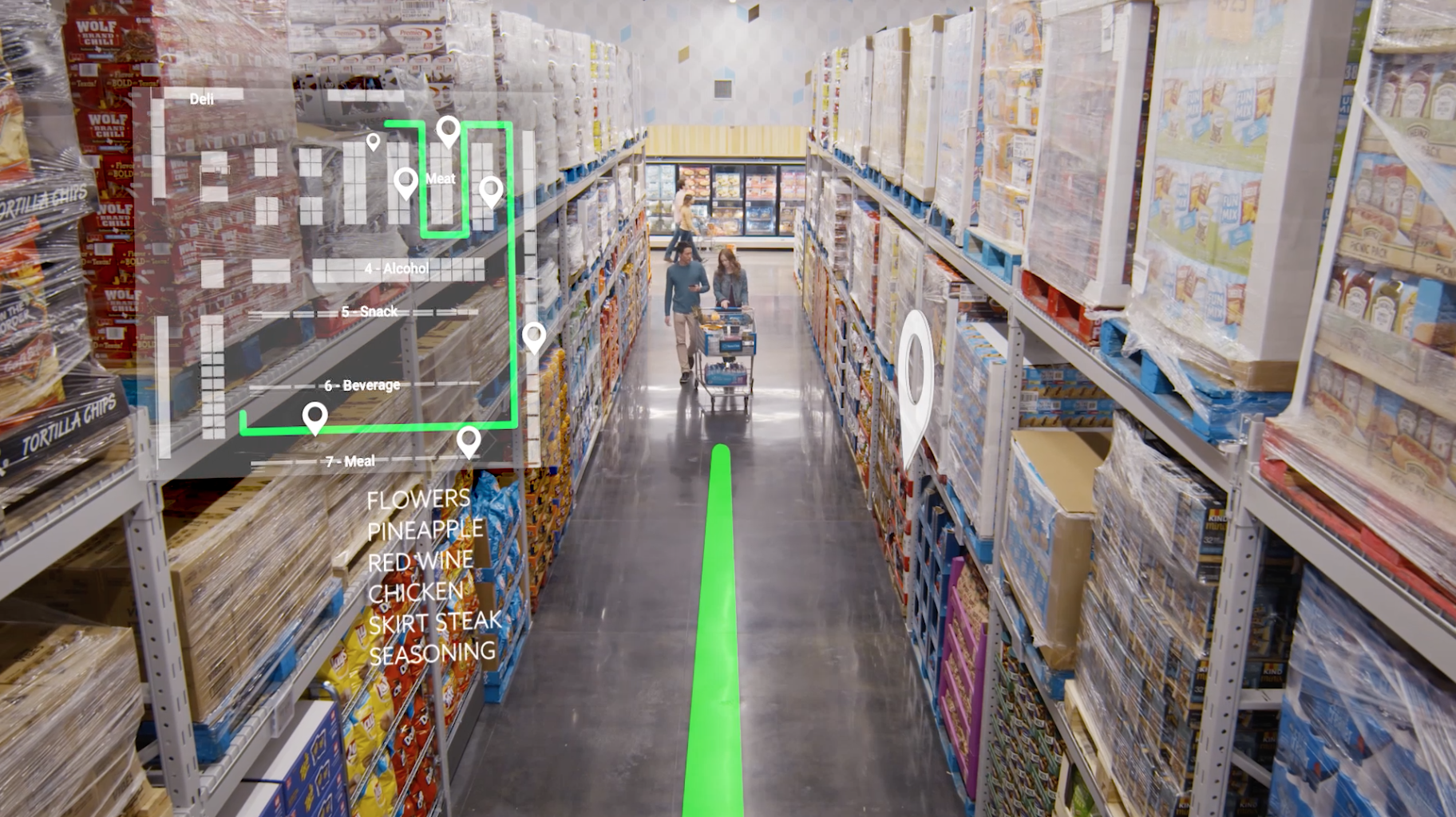
“We’re able to leverage digital technology across all of these touch points,” Joly said.
But digital can be a dual-edged sword, as retailers who wow online customers with a dynamic web presence had better not disappoint when those same shoppers make their way to the showroom. “Any disconnect between the website and the brick-and-mortar store will be perceived as dishonesty,” warned Sam Abdelnour, Whirlpool’s recently retired North American sales VP. Speaking at last month’s inaugural Appliance Dealers Cooperative (ADC) show for independent retailers, and leveraging his 40 years’ experience serving local businesses and regional and national chains, he pointed to The Home Depot as a prime example.
The nation’s No. 2 appliance retailer provides “the best online experience in the industry,” Abdelnour noted, offering an “endless aisle” of white goods in the Cloud. But step into a Home Depot locale, and that limitless virtual assortment dwindles to a mere 900 square feet of display space, leading to customer disappointment.
See also: Back To The Future Of Selling
“The shopping experience should be consistent across all channels,” he advised.
Short of opening a freestanding appliance warehouse, retailers can carry the online experience into stores through a host of digital initiatives. The most basic yet still overlooked measure for many independent dealers is Wi-Fi, which, argued Abdelnour, has become a prerequisite for demonstrating today’s connected products. Merchants must further convert their showrooms into “digital sales floors,” he said, which engage customers with interactive displays, kiosks and visual guides.
Dave Workman, president/CEO of the ProSource buying group for specialty A/V dealers and custom integrators, concurred. “Dealers need to rethink how they sell the products,” he told TWICE during his membership’s annual Summit gathering last month in Nashville. “The customer must experience it — to see, hear and feel what we sell. It’s not enough to describe it. You better wow them with your digital lighting and high-performance audio.”
Especially if they’re Generation Z. The up and coming demographic, comprised, says Pew Research Center, of anyone born after 1997, will soon hold the keys to the retail kingdom, with some $143 billion in spending power. Fortunately for terrestrial retailers, this mobile-savvy sector still prefers to shop in stores, if given a compelling reason. As market research firm Numerator observed, “Gen Z is an experiential and mobile shopper … [that] will combine their technological prowess with IRL [in real life] experiential shopping. Retailers need to find a way to create enticing in-store experiences, while recognizing that mobile and social are here to stay.”
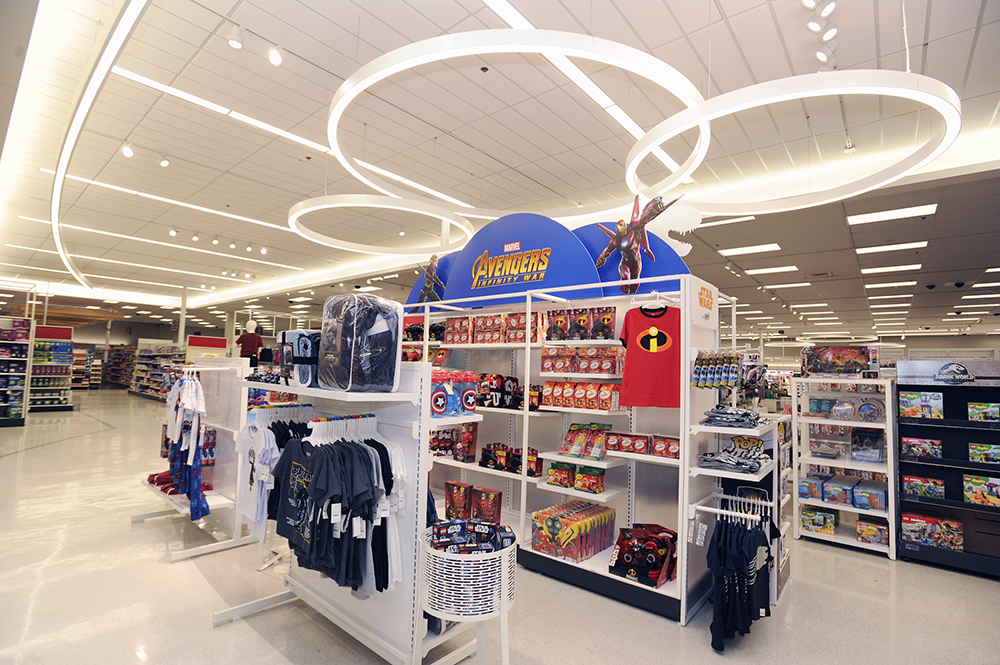
Some of those experiential ways include AR, VR and videoconferencing. According to BRP’s Future Store report, 36 percent of consumers said they would shop at a store offering virtual mirrors to envision themselves in different eyewear, garments or cosmetics, while 32 percent of respondents said they are likely to shop at a store offering an augmented reality experience. The research also showed that 29 percent would patronize a retailer with an element of virtual reality in their stores, and 27 percent would frequent a showroom that offered video conferencing from home with an in-store sales associate.
Other retail tech innovations, including scan-and-go checkout, in-store navigation, electronic shelf labels and AR product descriptors have already come together in Sam’s Club Now, Walmart’s prototype warehouse club in Dallas.
But digital wizardry aside, there are still plenty of low-tech, common-sense approaches that retailers can take to make their physical showrooms more appealing. For example, Abdelnour shared research suggesting that long rows of large, looming refrigerators made some female shoppers feel trapped and fearful within claustrophobic aisles.
Retailers can also “delight consumers in simple ways,” he said, citing Los Angeles’ Magic Castle Hotel. The 1950s-era establishment competes with renowned L.A. destinations like the Beverly Hills Hotel and Hotel Bel-Air with its “Popsicle Hotline” — a red phone from which guests can order a popsicle of their choice, and have it delivered poolside on a silver platter by a white-gloved server at no charge.
Less dramatic but perhaps equally effective would have been the simple gesture suggested by Sharp senior VP Peter Weedfald during his days as a marketing exec at Circuit City. His “Three Tootsie Rolls and a Coupon” initiative entailed handing out candies at checkout, to ensure that customers left the store smiling.
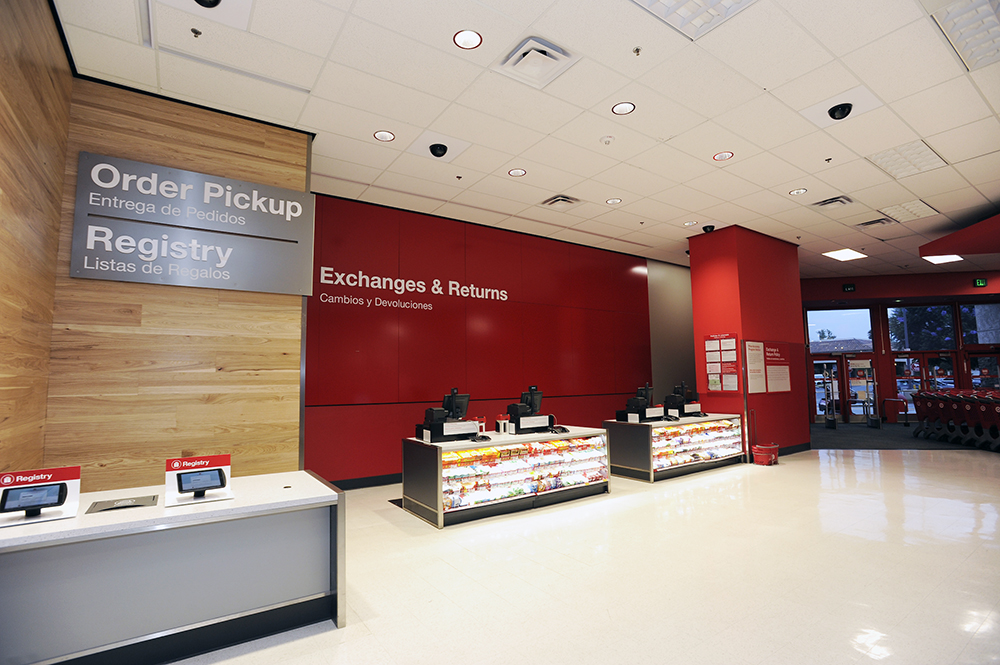
On a somewhat grander scale, new concepts in design are being implemented by Target in a 1,000-plus-location next-gen store remodeling program, set for completion by the end of next year. As stores senior VP Joe Contrucci explained in a corporate blog, “Think brighter lighting, a more modern feel and dynamic vignettes with the latest seasonal trends, exclusive brands, design partnerships and more for guests to discover as they spend time exploring our aisles. Some stores have a renovated Starbucks near the entrance too, so guests can pick up a latté on their way in or out.”
Added store design VP Joe Perdew: “Guests will find beautiful, enhanced merchandise displays that create ‘shops’ throughout the store. Some stores will even get a center aisle treatment that winds through the middle of the store with displays at varying heights to make them even more eye-catching. The Beauty department looks like a specialty shop that inspires and invites guests to try the products, and in Home, products are on display in lifestyle settings so guests can imagine what they’ll look like in their own homes.”
Other design elements include a separate “ease” entrance with drive-up parking spaces, dedicated pickup counters for online orders, self-checkout lanes, and grab-and-go essentials, Perdew said.
But whether you’re a national chain or local mom-and-pop, some basic retail principles still apply. Dan Hodges, founder/CEO of Retail Store Tours, which organizes guided visits to cutting-edge showrooms, includes the following bullet points in his rundown of “What It Takes To Win In Retail Today”:
Use of Technology: “Customer engagement technology that interacts with shoppers in-store is a winning play,” Hodges notes. Examples include Sephora’s interactive makeup display screens, and the use of customer management software by Apple sales associates to increase responsiveness to shoppers.
Store Design: Again citing Apple, Hodges lauds the company’s minimalist design approach, which he describes as “a highly engaging environment.” And echoing ProSource’s Workman, kudos also went to Sonos, whose New York flagship store uses sound and environment to create “an immersive sound experience.”
Change: “Retailers built to capitalize on rapidly changing consumer behaviors and trends are winners,” Hodges said. “The future belongs to the fast movers and their ability to adapt their business models.” His example: Nike’s flagship store, also in New York, that provides secure lockers where customers can pick up their online orders.
See also: The 13 Best Tips For Selling






